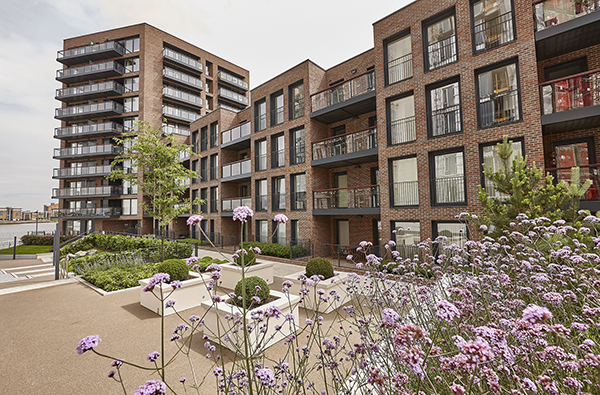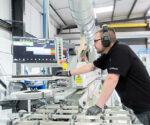Passivhaus principles key to commercial business pipeline, says Rehau
As the ongoing energy crisis further underlines the need for energy-efficient structure design, fenestration professionals are being implored to highlight the importance of Passivhaus principles to futureproof new and existing building stock.
According to technical experts at systems company Rehau, the Passivhaus performance criteria can provide installers and fabricators with a key tool for securing new business in the drive to more sustainable properties. Specifically, Steve Tonkiss, Head of Sales – South at the polymer supplier, is highlighting how educating commercial project stakeholders on Passivhaus principles and their impact on window design, can help fenestration professionals stand out in competitive markets.
“Passivhaus has long been regarded as a hard-to-reach goal in building design, but its focus on thermal efficiency has never been more topical,” explains Steve. “Consequently, the fabricator and installer have a major role to play in ensuring architects and specifiers stakeholders consider the principles when selecting frames for new and retrofit commercial projects, and the major impact window selection can have. This is especially important considering recent updates to the Future Homes Standard and ongoing speculation that thermal performance requirements will soon begin to mirror this strict certification – something that is already being discussed in Scotland.
“Indeed, we have often found that while many across the supply chain for these projects are aware of the Passivhaus concept, it is only in more general terms. Being able to provide a technical steer on this fascinating topic will be key to a paradigm shift in building design, especially when it comes to window specification. It is for this reason that we have published a new guide to provide greater clarity on the topic, which can assist fenestration professionals in demonstrating how implementing the technical points rising from Passivhaus can improve property efficiency and sustainability”
Rehau’s new guide, In The Frame: Passivhaus Windows looks at key factors differentiating Passivhaus windows from traditional designs, including airtightness, insulation, ventilation and thermal bridging, and how these negate the need for additional air recirculation. Key to the guide is the message that frames do not need to be certified by the Passivhaus Institute – the organisation enforcing these higher standards – to work successfully in either new and retrofit builds.
“This guide has been developed to demonstrate that Passivhaus is not a binary concept, in which a structure achieves the certification or not,” concludes Steve. “Architects and specifiers, guided by fenestration experts, should instead see it as a set of influential design principles that can help foster greener building stock and greater thermal efficiency, which will only become a greater priority during window selection as we move closer to net zero.
“It is for this reason that we have detailed the specifications, requirements and key steps around Passivhaus, so installers and fabricators can further educate specifiers when choosing frames. By doing so, fenestration professionals will be able to strengthen relationships and business pipelines with new and existing customers, especially when further uplifts in building performance in line with the Future Homes Standard and any additional legislation comes into force.”












